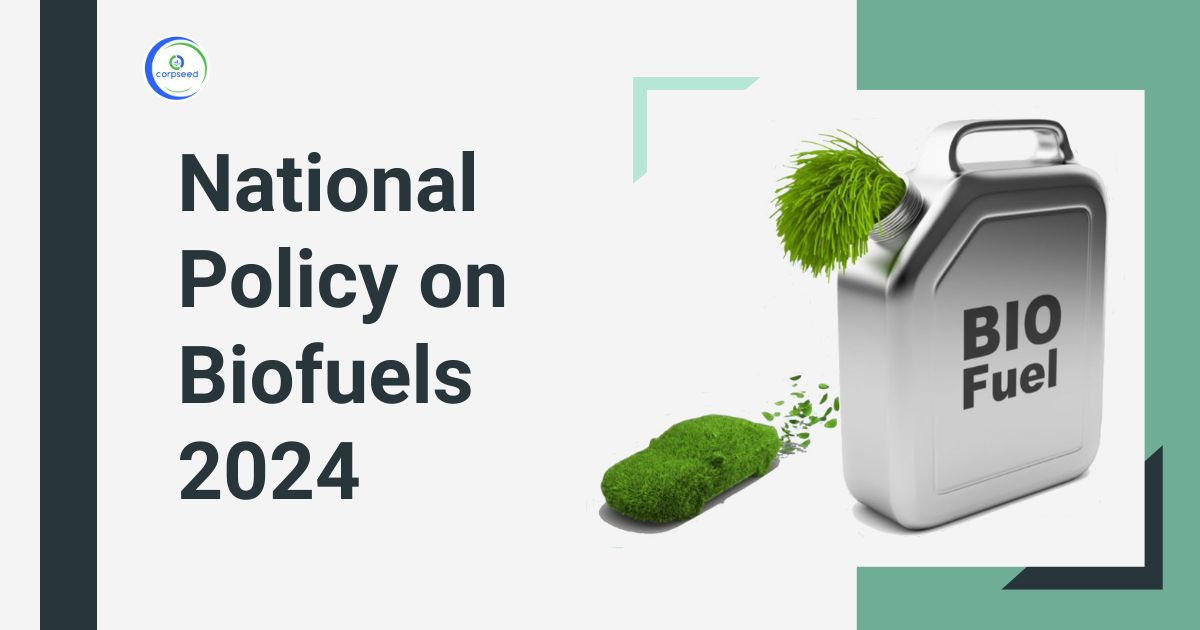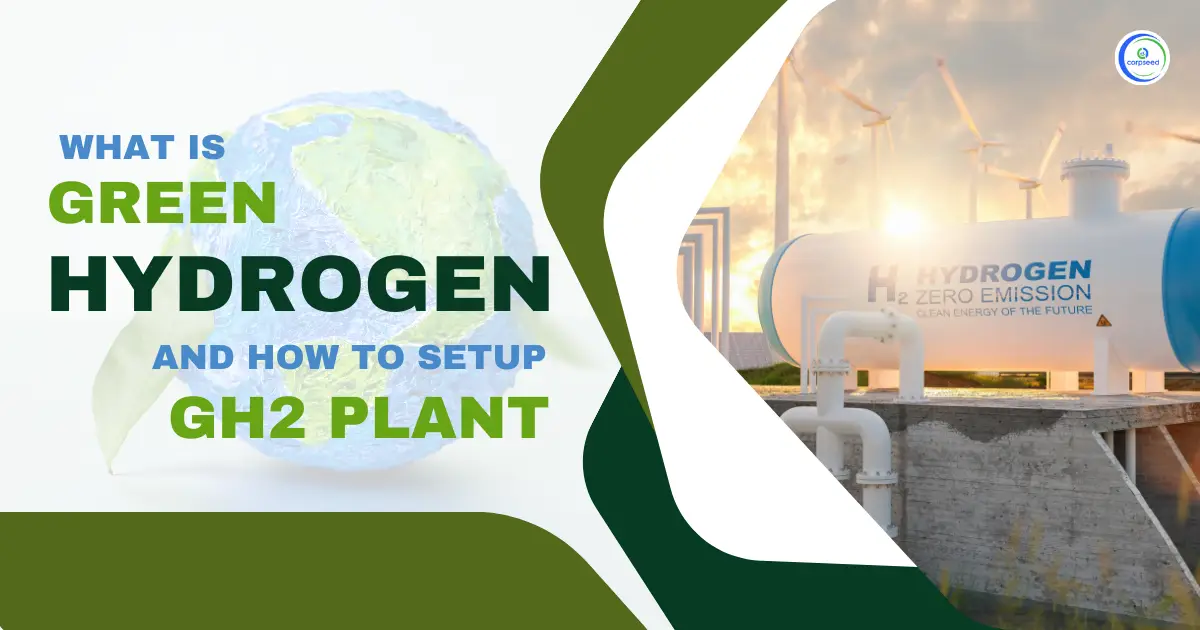Overview: About Biogas Plants
A biogas plant is a plant that provides oxygen-free conditions where anaerobic fermentation can occur. Simply put, it is an artificial system where waste can be turned into fertilizer with sustainable energy and a positive environmental impact.
A biogas plant has three main components that enable the biogas production process: a receiving area, a digester, and a gas grill (fermentation desk)
The receiving area is a place where raw materials arrive and are prepared for anaerobic digestion. Each type of biomass has a different fermentation process, so the total length of the biogas production process varies depending on the raw material used, and it is not uncommon for industrial biogas plants to use pre-treatments to accelerate fermentation and increase biogas production. Some of the more popular biomass options are agricultural waste, domestic and industrial sewage, agriculture materials, animal manure, algae, food processing, and paper waste, but the list of raw materials used is considerably longer a boiler is a hermetic and hermetic container with a channel for biomass. Here you provide the raw materials that are converted into energy. Agitators then periodically stir the biomass to release gases and prevent stratification. The fermenter is also a tube that allows the fermentation residue to be removed after the end of the fermentation.
The gas container is an airtight, preferably steel container that collects the gas produced during the fermentation. It is equipped with a gas outlet, which allows the biogas to leave the system and produce energy and heat.
Depending on the amount to be removed from the environment or the amount of biogas produced, the plant can have more than one boiler and gas storage. The use of renewable energy has become important in reducing environmental impacts. Throwing food waste into landfills is the biggest cause of greenhouse gases and climate change. Buying biogas is the perfect solution to the problems in our environment. Bioenergy can significantly reduce greenhouse gas emissions because it is a non-polluting energy source. Biogas can provide enough energy for the world. Even a little is enough, although the food waste we throw away can be channeled into a food management system to produce bioenergy. This energy can be used as cooking fuel, organic fertilizer, and electricity.
Table of Contents
- Overview: About Biogas Plants
- The Government took Initiatives toward Bioenergy
- How Biogas Is Produced?
- Advantages of Using Biogas
- Disadvantages of Using Biogas
- What are the Raw Materials Required to Setup Biogas Power Plant?
- Equipment used in making Biogas Power Plants Setup
- What is the Biogas Power Plant Used For?
- How does Biogas Power Plant Works?
- The downside of the Process?
- Conclusion
--------------Blog Contact Form-------------
The Government took Initiatives toward Bioenergy
The Indian Ministry of New and Renewable (MNRE) announced the National Bioenergy program. MNRE has extended the National Bioenergy Program from 2021-22 to 2025-2026. The program was recommended to be implemented in two stages. Phase I of the program was sanctioned for the Biogas Program, which supports the construction of small and medium-sized biogas facilities
The Ministry of New and Renewable Energy, Government of India launched the Biogas Program with the following objectives:
The establishment of biogas facilities for clean cooking, lighting, heating, and low energy consumption strong user demand, resulting in reduced greenhouse gases, better sanitation, women’s empowerment, and rural employment.Organic Enriched Bio-Fertilizer: Digestive sludge from biogas plants, a rich source of fertilizer, benefits farmers as they supplement/reduce the use of chemical fertilizers.
How Biogas Is Produced?
Biogas is produced through a process called anaerobic digestion. Anaerobic digestion occurs when bacteria "digest" biomass in the absence of oxygen. Now this is a natural process that occurs in our digestive system. But it can be created artificially in tanks. These tanks are called digesters.
Now there are two types of digesters.
- One is covered with a liquid from industry or sewage. In it, biogas is collected under a hermetic cover.
- The other is for semi-liquid waste. It mixes all the waste and by heating and boiling it creates biogas or adds bacteria to the waste. This oven looks like a fermentation tank.
And that's how Biogas is made.
Advantages of Using Biogas
Many people are building biogas plants to process food to raise awareness of the environmental crisis. Here is a list of facts that explain the advantages and disadvantages of using biogas
- Biogas is environmentally friendly: Biogas is a clean source of energy because there is no burning in the process. Therefore, the release of greenhouse gases into the atmosphere is zero. Thus, the use of biogas as an energy source can reduce global warming to some extent. During the production of biogas from organic waste, a significant amount of carbon dioxide is released into the air, which is much smaller than the carbon dioxide released into the air, which is much smaller than the carbon dioxide produced by burning fossil fuels. Buying biogas is a sustainable option because the necessary raw materials are always available. Another advantage is that the biogas production process is natural, so the production process does not require energy. Biogas plants capture methane, which is largely responsible for the greenhouse effect, and use it as fuel. Therefore, the main reason for the widespread use of biogas is people’s concern for the environment.
- Biofuels reduce soil and water pollution: About 3.5 million tons of waste are thrown into landfills every day. These dumps not only spread bad smells but also pollute underground water sources. Separating Organic waste from garbage to produce biogas significantly reduces landfill waste. It can improve water and soil quality. Biogas is produced by anaerobic fermentation, where parasites and pathogens are not present. In this way, it diminishes numerous waterborne illnesses that can happen because of the presence of parasites and microbes Similarly, areas with biogas plants are less likely to be contaminated with organic waste because the waste is collected and processed promptly. Therefore, collecting organic waste from landfills for biogas production can significantly prevent water and soil pollution
- Biogas produces organic fertilizer: Enriched organic fertilizer is a by-product of Biogas production and is an excellent addition to crops. This organic fertilizer is an excellent substitute for chemical fertilizers that can harm crops and plants in many ways. Not only do they harm plants, but they also pollute water and soil cause chemical burns to plants, but they also pollute water and soil and cause chemical burns to plants. Organic fertilizers from biogas production accelerate plant growth and prevent possible disease.
- Biogas production cheap and economical: Do you know that a biogas plant reduces your electricity bill, and gas bill and produces organic fertilizer that improves fertility of your soil? Building a biogas plant is cheap and economical and requires little or no investment. A small food waste management system can be installed in homes that feeds your kitchen waste and animal waste to produce biogas plants for cooking and electricity. The materials used to produce biogas are free, so the biogas plant is less in the pocket. The materials used to produce biogas are free, so the biogas plants are free, so the biogas plant is less in the pocket. Therefore, a biogas plant is an investment for every home and room where there is raw organic waste
- Offer Green Jobs: Large biogas facilities compress high-quality natural gas produced as a by-product that can be used in cars. Such large factories require little investment and provide many green jobs. About 10 million green jobs have been offered in rural India from railway stations to landfill gas technicians, and garbage collectors to truck drivers.
Biogas offers a healthy option for cooking: Using biogas as fuel for cooking saves women from the trouble of collecting firewood. Biogas in the kitchen produces less or no smoke, preventing your family from being exposed to smoke and deadly respiratory diseases.
Disadvantages of Using Biogas
- Absence of innovative turn of events: The greatest burden of biogas plants is that the framework utilized isn't extremely proficient because it can deliver enough biogas for some energy needs. Large-scale procurement of biogas is not yet available, so the government wants to invest in the sector, However, technological development in biogas plants is needed to increase biogas production capacity through low-cost investments.
- Residual impurities: Biogas also contains impurities after processing and compression. These pollutants can corrode some vehicle engine parts. In this way, it diminishes numerous waterborne illnesses that can happen because of the presence of parasites and microbes
- Effect of Temperature: Bacteria digest food waste at an optimal temperature of 37%. Unlike other renewable energy sources, biogas production is affected by the weather. Therefore, heat energy is needed to ensure a constant supply of biogas in cold climates. Biogas is a clean renewable energy source that has its advantages and disadvantages
What are the Raw Materials Required to Setup Biogas Power Plant?
The raw material for biogas is industrial organic waste that is recycled into fuel.
- Animal waste:-animal waste such as manure, and meat processing waste.
- Organic industrial waste:-Food waste, sewage, from the food industry.
- Organic waste from landfills:-organic waste, e.g. because e.g. food waste, etc. is thrown away.
Equipment used in making Biogas Power Plants Setup
The machines and equipment needed to set up a biogas plant business are:
- Boiler
- Slurry preparation tank stone
- Double Membrane digestion
- Separators and pumps system
- Cleaning Compressor
- Methane Receiver
- Gas Storage
- Overflow tank Regulator
What is the Biogas Power Plant Used For?
Biogas plants can serve multiple purposes and play a dual role in both the ecosystem and the economy. On the other hand, biogas plants can provide us with carbon-neutral energy and heating.
When a biogas plant compresses biogas to produce bio-methane, it can replace natural gas for industrial, commercial, and domestic use. The fuel is easy to transport to gas stations.
Biogas is 100% renewable and carbon neutral, as no new carbon dioxide is produced when it is burned. In addition, the production process avoids the release of methane into the atmosphere, which has a positive effect on the environment.
After minimal processing, biogas can be burned in domestic stoves for cooking. Otherwise, it can produce heat, electricity, or both heat and electricity in thermal and power plants.
The energy produced by biogas installations can be fed directly into the electricity grid and served by it, or by several communities depending on the size of the biogas plant. In addition, all the heat generated during the process can be used for heat swimming pools or buildings. On the other hand, the production of biogas makes these plants part use of waste management programs that keep waste in landfills. Biomass that would otherwise end up in the environment is stored and processed in such a way that it does not affect nature as little as possible. In addition to this, biogas plants can also help to solve the problem of food waste worldwide we lose 1.3 million tons of food every year. Finally, the residue is high-quality fertilizers that offer a sustainable alternative to chemicals.
Most of the benefits of biogas plants are related to the environment, as they produce renewable energy for domestic and industrial use. This energy can be stored or fed into the electricity grid to reduce dependence on fossil fuel energy, which can help reduce our carbon footprint
In other words, biogas plants can help fight climate change. As domestic and industrial consumers become less dependent on energy produced from fossil fuels, greenhouse gas emissions will decrease. At the same time, by collecting organic matter and controlling the fermentation process, less methane is released into the atmosphere, which improves air quality. Communities achieve these results by managing food waste and keeping waste out of landfills. Recycling organic waste means, among other things, less odor, minimal risk of disease spread, and protected waterways. Another advantage of biogas power plants is the avoidance of synthetic fertilizers because they are replaced by digestate. It recycled several nutrients, such as essential phosphorus for healthy crops
In addition to the positive environmental effects, biogas plants promote the construction of a circular economy, where more industries can develop into sustainable and self-sufficient ones that use their waste for energy or heat. As the number of facilities increases, new jobs are created in various industries that significantly impact the quality of life in many communities around the world.
How does Biogas Power Plant Works?
Biogas plants follow an automated, simple process designated to replicate the natural anaerobic digestion in an artificial environment, making biogas production simple and carbon neutral.
Although some steps may vary from biogas plant, most plants use the same process, to produce biogas. These are some steps involved in it.
Step-1: Digester Pre-treatment and Filing: New organic material, called substrates, enters the digester. Some substrates can be liquid manure, renewable raw material (eg corn or grass), or waste from the food industry. Some may need to be stored in cement containers and pre-treated before being placed in an airtight container. A single plant can have several digesters depending on its size.
Step 2: The fermentation process: The Substrates are heated to different levels in the fermenter, and some microorganisms begin to break down the organic matter without light and oxygen. During the process, organic matter moves to prevent layers from forming at the top and bottom of the tank.
Step 3- Biogas Production: As a result of the tapping process, biogas is produced, the main component of which is methane, produced inside the tank. At this stage of the process, in addition to methane and carbon dioxide, the gas also contains water and hydrogen sulfide. This is one of the main reasons why the tanks must be made of steel, which is known to withstand the effects of the gas for a long time.
Step-4 Removal of Residues: After the combining process, the residue called digestate, is extracted from the tank to be used as ecological, high-quality fertilizer. In this way, the biogas production process becomes a zero-waste system that removes waste from landfills at the same time offers a solution for better yields.
Step-5 Removal of Impurities: The biogas undergoes a purification process where water, hydrogen sulfide, and impurities are removed to produce Bio-methane, which can be further used to produce energy and heat. The biogas is continuously monitored to monitored to ensure the quality of the final product.
The downside of the Process?
The process is simple, but it is not cheap. The costs involved in building a biogas power plant are a challenge for many places. In addition, the current model, as we know, is not feasible for large urban communities that need a lot of energy to thrive, but cannot provide enough raw material for biogas production.
The technology used in many biogas plants may also need to be upgraded to make it more efficient and cost-effective. In this way, biogas plants could become easily scalable and biogas could become an affordable renewable energy solution.
Another concern about biogas production is related to intentionally planned corn. Biogas production is a sustainable process as long as the raw materials used solve the waste management problems. When biogas plants replace waste with energy crops, those crops can quickly become unsustainable and even harmful to the environment.
Conclusion
Biogas plants and anaerobic digesters come in different sizes and shapes, but they have the same goal: to produce sustainable energy from waste. The biogas production process can vary depending on the main raw materials processed, but in general, the steps required to create biogas are similar and simple
However, building a biogas plant is not always cheap, and current technologies are not rateable, so the industry is slow to develop. Biogas facilities are not scalable or viable in large urban areas, despite multiple environmental and other benefits.
The industry is in its infancy, but the number of biogas facilities has grown significantly in recent years. As new technology is used to generate electricity and operate these plants at a lower cost, we may see increased biogas production with a positive impact on greenhouse gas emissions worldwide.
This portion of the site is for informational purposes only. The content is not legal advice. The statements and opinions are the expression of author, not corpseed, and have not been evaluated by corpseed for accuracy, completeness, or changes in the law.
BOOK A FREE CONSULTATION
Get help from an experienced legal adviser. Schedule your consultation at a time that works for you and it's absolutely FREE.









